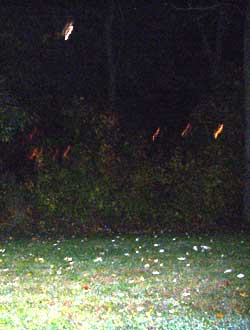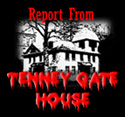 Tenney Gatehouse (37 Pleasant Street, Methuen, Massachusetts) and the nearby Greycourt Castle ruins are great, gently-haunted sites. They’re ideal for first-time ghost hunters.
Tenney Gatehouse (37 Pleasant Street, Methuen, Massachusetts) and the nearby Greycourt Castle ruins are great, gently-haunted sites. They’re ideal for first-time ghost hunters.
I compiled the following history from a variety of sources. I’ve done my best to be accurate, but I only briefly surveyed the history.
The Methuen Historical Society – and the Tenney site, now the Methuen Museum of History – are good resources for additional research.
In this summary, I’ve included story elements and additional notes that could relate to the hauntings at Tenney Gatehouse and Greycourt Castle.
(Note to ghost hunters: This is the kind of research that adds depth to any investigation. It reveals the most likely “hot spots” for on-site research, and can support existing ghost stories.)
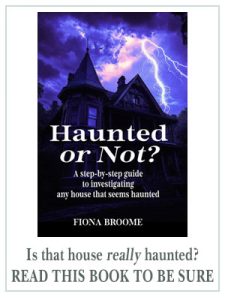 History of Tenney Gatehouse and Greycourt Castle
History of Tenney Gatehouse and Greycourt Castle
The bedrock beneath Methuen includes Merrimac quartzite. That could be important. Sites built on quartz tend to report far more hauntings than those that aren’t.
The land around Tenney Gatehouse (also spelled Tenney Gate House) was originally part of the Pawtucket Plantation. Its boundaries were established in 1640, and the land transferred by Indian deed in 1642.
The Pawtuckets were also called Penacooks and Pentuckets. 50 – 85% of the Methuen Pawtuckets died during the 1617 – 1619 epidemics, and the Indian wars that followed.
Though no known Indian battles were fought in Methuen, events related to the “Battle of Bloody Brook” in September 1615 (not the 1675 event) may have involved local members of the Agawam nation, fighting off the Tarrantine raiders.
Methuen was first settled in the late 17th and early 18th centuries.
The town was named for Paul Methuen, 1st Baron Methuen (21 June 1779 – 14 September 1849) of Corsham Court, Wiltshire, England. Methuen was a Privy Court friend of Massachusetts’ Royal Governor William Dummer.
The first buildings
A blockhouse was the first reported use of the property later owned by the Tenney family. A blockhouse was a heavy, plank-style house where settlers could gather for protection from fierce weather, roving bands of wild animals, or reported Indian attacks. The building wasn’t quite as formal as a stockade, but served a similar purpose.
Around 1726, Methuen’s community meetinghouse and parsonage were established near where the Tenney Gatehouse and Greycourt Castle ruins are today. The site was called Meetinghouse (or Meeting House) Hill.* The meetinghouse was about 40 feet by 30 feet, with 20-foot posts.
Soon, a burial ground (1728 – 1786) – where all the gravestones point west – and a schoolhouse completed the development. Much of that land – later part of the Tenney property – was the original center of the village.
There’s reference to a devastating meetinghouse fire in 1796, and a second meetinghouse being dedicated for public service. That story is worth researching, to see if it parallels the later fires at Greycourt Castle.
The hill was also nicknamed Daddy Frye’s Hill. That name referred to Frye Tavern owned by Jeremiah and Elizabeth Hall Frye and their six children. (The Frye family had been in the Methuen area since the mid-1600s, after emigrating from Basingstoke, Hampshire, England.)
Interestingly, a 1916 book, A Handbook of New England, mentions Frye’s Tavern and the Searles estate, with no reference to Tenney Gatehouse or Greycourt Castle.
Frye’s Tavern was probably at the northwest corner of East and Brook Streets.
Also, another Frye Tavern, “provender for man and beast,” was located in Lowell and owned by Ira Frye.
The origins of Tenney Gatehouse
Between August and November 1830, a stone house – later renovated and expanded as the Tenney Gatehouse – was built as a farmhouse by the Richard Whittier family, and it soon became a popular stagecoach stop.
In the 1840 census, Richard Whittier’s household was large, including 2 males ages 10 – 15, one between 20 and 30 years old, and one between 40 and 50. Females included one between ages 5 and 10, two between 20 and 30, and one between 40 and 50. (Richard has been noted as the brother of Ebenezer Whittier, part of an extensive family that is famous throughout the area.)
The Whittiers’ neighbors included Major Nathaniel Gorrell (or Gorrill) and his wife, Jane Armour Gorrell. Two of their descendants, Mark S. Gorrill and Nathaniel W. Gorrill, became part of a later, ghost-related story. (See Tenney ghosts – Gorrill brothers.)
The Tenney Gatehouse – purchase and development
In April 1882, Charles H. Tenney bought the Whittier’s house as a gatehouse and then added the adjoining acreage, then called Jones Hill.
Charles H. Tenney was the youngest son of Methuen grocer John Ferguson Tenney and his wife, Hannah Woodbury, who’d previously lived in Salem, New Hampshire.
Charles H. Tenney had started a manufacturing business in Methuen in 1869, and expanded it to a much larger hatmaking factory in 1872. At its peak, the business employed about 150 people.
Starting in 1882, Charles H. Tenneys had the gatehouse remodeled and used it as a residence.
In 1883, Charles H. Tenney sold his interest in the Methuen hatmaking business to his brother and business partner, J. Milton Tenney.
(The hat business faltered, and – after selling the factory building to neighbor and friendly rival Edward F. Searles – the Tenney Hat Factory was torn down in 1906. The site was used for the Selden Worsted Mill. Today, 225 Broadway has been restored as the Espaillat Mills building. It’s probably worth investigating for ghosts.)
Also in 1883, Charles H. Tenney moved to New York and became a wholesale commission agent, representing most of the U.S. hatmaking business. His new Methuen estate became the family’s summer home.
In 1884, a stock stable was added to the property, and an 1885 newspaper article describes a “tally-ho” drive to the front entrance. That stable was remodeled in 1966 at 30 East Street.
In 1887, Tenney renamed his Methuen property Fair View Park, and in 1890, began building Greycourt (or Grey Court) Castle. The project took three years, and no expense was spared in creating the spectacular estate home.
Later years
By around 1950, the Tenney family had stopped using Greycourt Castle as their home. In 1951, the estate of Daniel G. Tenney donated 26 acres to Methuen for Tenney High School. That school, at 75 Pleasant Street, is now Tenney Middle School.
The Tenney estate sold the remaining land, castle ruins and Tenney Gatehouse to the Basilican Salvatorian Order of the Melkite Rite.
For several years, monks lived in the gatehouse, and the Tenney’s former mansion was used as a drug rehabilitation center. But, by the 1970s, the mansion needed repairs and it was further damaged by a series of fires starting around 1974. A 1978 fire, set by an arsonist, left the castle in ruins.
In 1985, most of the Greycourt Castle ruins were removed as a safety hazard. However, the foundation and some of the walls are still part of the site, which are open to the public.
The land owned by Charles H. Tenney, and several locations near it, offer a considerable (and sometimes confusing) history to suggest a wealth of reasons for hauntings.
Today, Tenney Gatehouse is the home of the Methuen Historical Society (Methuen Museum of History)… and several ghosts.
NEXT READ: An Investigation at Tenney Gate House
References
Ancestry.com
Early Methuen Histories (was at http://methuen.essexcountyma.net/Early_Methuen_Histories.html )
A Handbook of New England, by Porter Sargent
Historic Sites 225 Broadway – Brown
History of Lowell, by Charles Cowley (2nd revised edition, 1868)
Methuen 2007 Town Report
Methuen History Historical Photos (images not working)
Naming of Methuen (was at http://methuen.essexcountyma.net/Naming_of_Methuen.html )
Tenney Family Association
Treasure of Tenney’s Grey Court Castle
Wikipedia: Paul Methuen, 1st Baron Methuen
*A second Meeting House Hill can cause confusion. It was located on Forest Street and had some similar buildings to the main Meeting House Hill. Most notably, the Forest Street site had a cemetery that was vandalized and has since vanished.




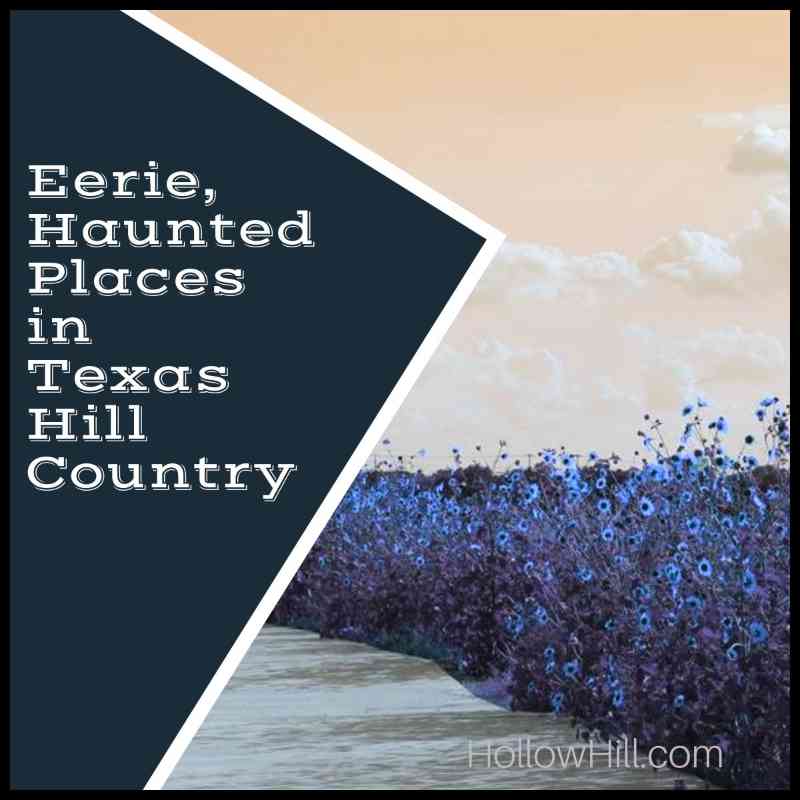
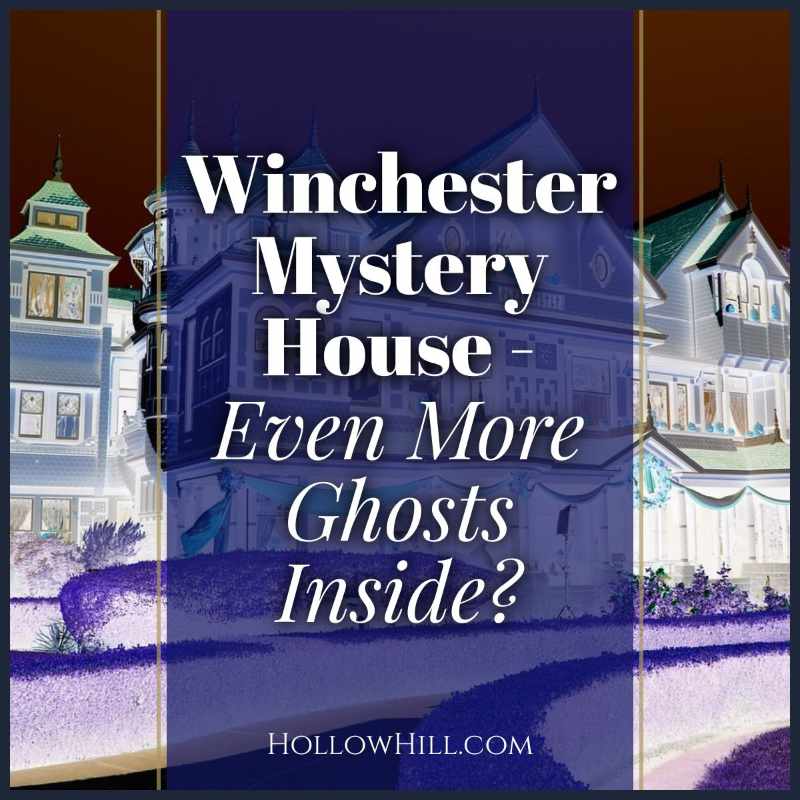
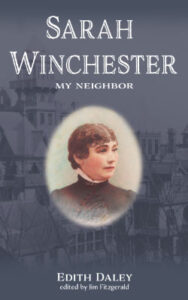 I also enjoyed the first-person stories about the haunted house – and Mrs. Winchester – during her lifetime, in
I also enjoyed the first-person stories about the haunted house – and Mrs. Winchester – during her lifetime, in  Patterns emerge when I study profoundly haunted (or “active”) areas. They help me identify overlooked ghosts and paranormal phenomena.
Patterns emerge when I study profoundly haunted (or “active”) areas. They help me identify overlooked ghosts and paranormal phenomena.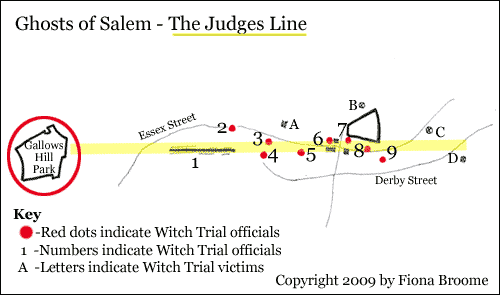
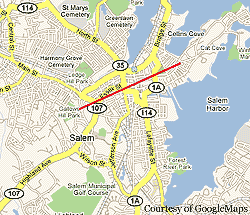
 Tenney Gatehouse (37 Pleasant Street, Methuen, Massachusetts) and the nearby Greycourt Castle ruins are great, gently-haunted sites. They’re ideal for first-time ghost hunters.
Tenney Gatehouse (37 Pleasant Street, Methuen, Massachusetts) and the nearby Greycourt Castle ruins are great, gently-haunted sites. They’re ideal for first-time ghost hunters.
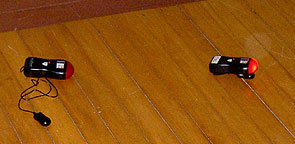 In the far room in the museum area, several people saw dramatic dowsing rod activity in one corner. We also saw baffling EMF meter readings.
In the far room in the museum area, several people saw dramatic dowsing rod activity in one corner. We also saw baffling EMF meter readings.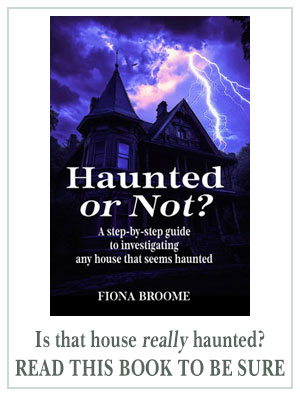
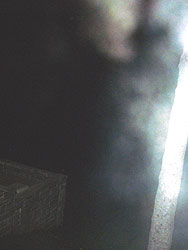
 However, I kept noticing moving shadows on the columns as I stood and took pictures. The shadows were very crisp and well-defined. It was as if someone was immediately behind me.
However, I kept noticing moving shadows on the columns as I stood and took pictures. The shadows were very crisp and well-defined. It was as if someone was immediately behind me.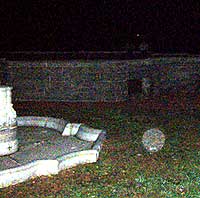 Nearby, the area around the fountain seems very active, but with happier energy. Generally, I connect this with the “flower child” energy that may have resonated with earlier, Spiritualist activities at the site.
Nearby, the area around the fountain seems very active, but with happier energy. Generally, I connect this with the “flower child” energy that may have resonated with earlier, Spiritualist activities at the site. On the walk back from the ruins, I was – as usual – intrigued by the Searles’ property and stone buildings. That location also contains very powerful, paranormal energy. That’s the only way I can describe it; it doesn’t feel like anything that’s from this world.
On the walk back from the ruins, I was – as usual – intrigued by the Searles’ property and stone buildings. That location also contains very powerful, paranormal energy. That’s the only way I can describe it; it doesn’t feel like anything that’s from this world.